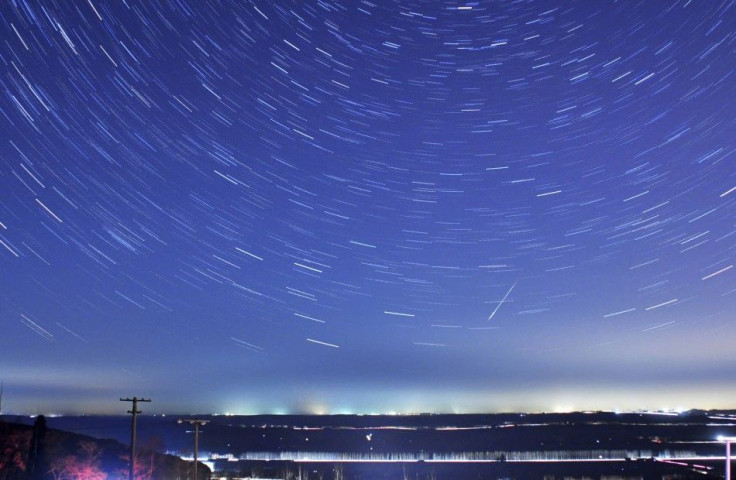Meteor Dazzles Residents Of Western Australia

Residents of Western Australia from the eastern outskirts of Perth to the South West, were dazzled by a bright light in the sky on Mar. 9 at around 9:15 a.m. They thought that the light might have been a small meteor and ABC Morning Program received many calls regarding the same.
A caller, Hilary, said that when she was driving on the South West Highway, she noticed the object. She said that a silver thing was flashing at an angle and that it was not like gravity. She said it was moving in such a manner like it was propelled to the ground.
Another caller, Gillian, said that he was going over the Mount Henry Bridge in Perth, when he saw a silver, "sort of shooting thing" which came down. He said that it vaporised in a burst above the river.
A cameraman for 9news, Gerard Price, was a witness to the light as well. His dash-cam captured the streak of light. The light seemed to appear bright for about a second after which it vanished above the horizon.
An astronomy lecturer from Edith Cowan University, Richard Tonello, said that what the witnesses saw was most likely at a distance of about 100 kilometers up in the atmosphere. He said that by the time it reached the atmosphere, it could have fractured into small parts and could have been scattered over a wide range.
Tonello described the fragments as being a rusty, dark colour. He said that the fragments would be lumps of nickel as well as melted iron. He added that if one wanted to trace the meteorite, the person would have to get a magnet, drag it through the gutters and if any metal got stuck, then it could possibly be a meteorite.
Phil Bland, a planetary scientist at Curtin University, said that the light was most likely a meteor. He said that meteors were typically a chunk of rock that entered the atmosphere. He explained that it came in fast, at a speed of around 20 kilometers per second, after which it burnt up. He added that the meteor sounded like it was big and that there was a chance that the chunk might have landed on the ground as a meteorite.
According to Bland, it was rare for the object to be seen during daylight. He said that it might have been a big object if it was visible during daylight. He explained that meteors were usually associated with sonic booms. He added that Curtin University would love to have the meteorite to get information as to how planets came into existence as meteorites carried a record of the formation of the early solar system.
To report problems or to leave feedback about this article, e-mail: afza.kandrikar@gmail.com.





















